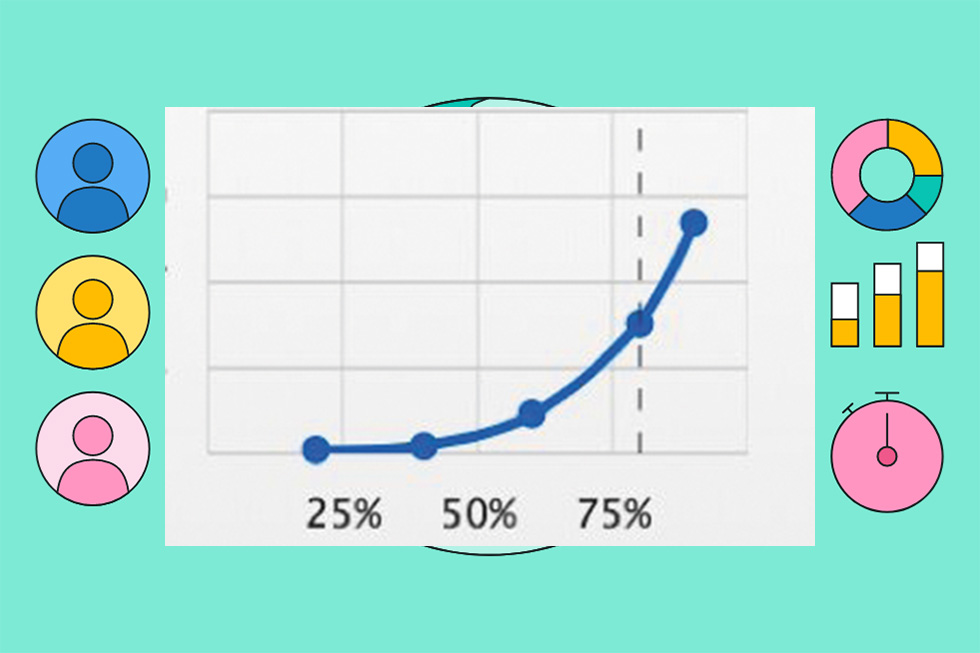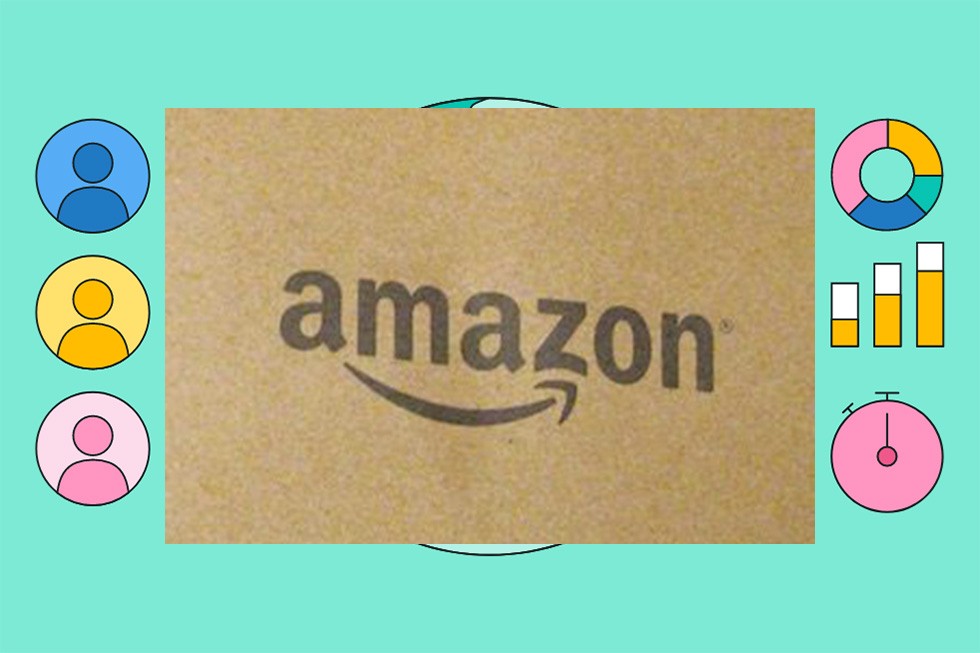A couple of days again I acquired a shock within the mail courtesy of Amazon: a 2019 present catalog titled “Vacation Collectively.” I acknowledged the Amazon smile brand on the backside of the duvet, which piqued my curiosity. I opened the catalog and turned the pages.
Amazon’s 2019 printed present catalog is titled “Vacation Collectively.”
My curiosity grew to become stronger as a result of the catalog listed no costs alongside the merchandise. Right here’s a web page that includes “the Amazon coat.”
The catalog accommodates no costs.
Amazon demonstrated its social media savvy by together with the hashtag on the high of the web page — #theamazoncoat — however, once more, the web page contained no pricing.
The catalog included some compelling examples of product curation. Notice the winter clothes assortment, under. It has every little thing from hat to sneakers to a wi-fi charging battery case for a telephone. The one shock is the ax on the backside. It isn’t out there for buy.
The winter clothes web page has a number of curated gadgets.
Nevertheless it all begs a bigger query: What’s Amazon’s aim with this catalog?
Driving Demand
I handle pay-per-click promoting for firms massive and small. It usually requires reminding shoppers about demand technology and demand harvesting. With PPC adverts on a Google search outcomes web page, we’re attempting to reap shoppers’ current demand. That’s the reason they’re looking out.
Mass-media branding campaigns equivalent to tv commercials or billboards generate demand, as do social media and show adverts. An advertiser places forth a message or product to boost consciousness and thus generate demand.
Amazon’s “Vacation Collectively” catalog will improve demand for its merchandise. Under the product photographs are model and merchandise names. The within cowl explains how a reader should buy.
- By means of the Amazon app. Every web page has a “smile” QR code within the backside left nook. This may be scanned within the Amazon app to carry up a listing of all of the merchandise featured on that web page.
- By means of the vainness URL. Entry amazon.com/holidaytogether to see all merchandise within the catalog.
The vainness URL is the closest factor to a conventional call-to-action within the catalog.
However there’s a third manner that readers should buy merchandise, which the catalog doesn’t point out: trying to find merchandise instantly on Amazon.
Amazon Advertisements
Amazon’s product-based search engine is huge. And Amazon has aggressively monetized seek for the previous few years. Amazon generated $3 billion in promoting income within the second quarter of 2019. That doesn’t examine to Google Advertisements’ $32.6 billion of advert income in that quarter, however it’s a giant chunk so as to add to Amazon’s different income streams.
Therefore Amazon sends the catalogs. Shoppers learn them and see fascinating merchandise. They go to Amazon.com and seek for, say, “the Amazon coat,” which produces a web page as follows.
Trying to find “the Amazon coat” produces three “Sponsored” adverts and one “Greatest Vendor.” Click on picture to enlarge.
Discover that the web page options three “Sponsored” listings. None of those are for the coat pictured. However the “Greatest Vendor” coat description (the Orolay down jacket) does align with the picture above it. Whereas it has a fairly good concept that the searcher desires the “Greatest Vendor” merchandise, Amazon can even promote a click on to the three “Sponsored” advertisers.
And if an advertiser sells a coat from that click on, it is going to pay Amazon’s commissions and, if relevant, Amazon’s success and storage charges.
Producing Demand
Amazon famously reinvests earnings for the sake of development. However why would a large ecommerce web site print and mail a catalog?
To earn cash.
Amazon is keen to generate demand. Certain, some catalog readers will search on Google or Bing and click on a end result. However most will go to Amazon.com or the cell app and seek for merchandise. That can result in advert clicks and to gross sales of Amazon’s non-public label merchandise and people of third-party sellers. All of these actions generate income.
Thus Amazon reminds us that producing demand might be as necessary as harvesting it. And also you may wish to give Amazon promoting a strive.











